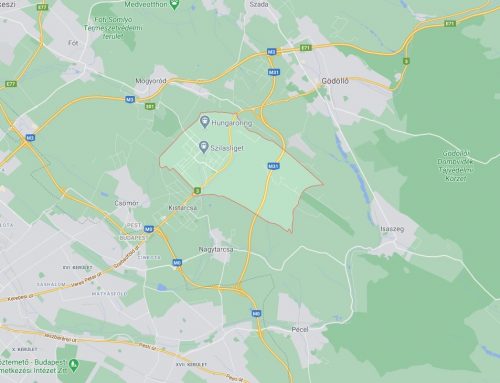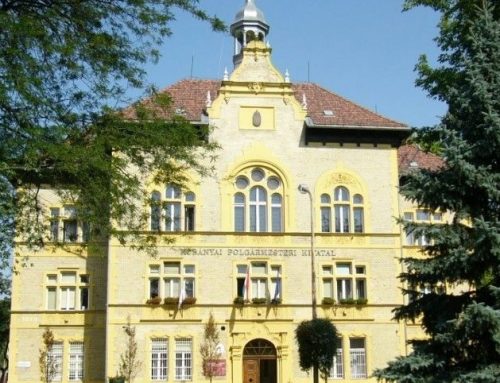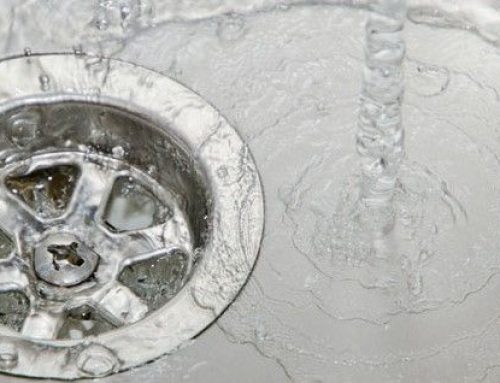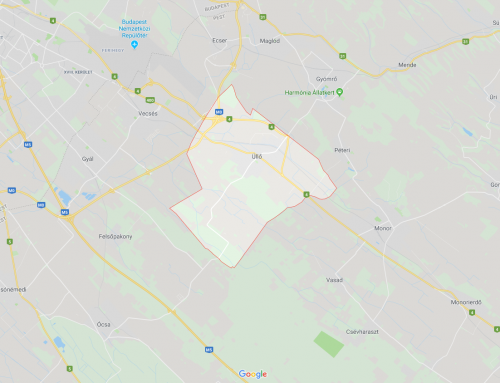Solymár is a large village in Pest County, which belongs to the agglomeration area of Budapest. According to archaeological finds from the Neolithic period, the settlement was permanently inhabited in prehistoric times, and a population of Thracian origin may have lived in this region in the Bronze Age.
In the 1970s, large-scale archaeological excavations were carried out in the area of Solymár. Due to the proximity of Aquincum, experts believed that a Roman villa might have stood here, but the graves and building remains found clearly proved this assumption. In addition to the Roman burial sites, Avar graves from a somewhat later period were also found.
The first written mention of the settlement dates back to the Árpád era. The document from 1266 mentions Solymár as Salamar. There are several theories about the origin of the name, but it is likely that it refers to the royal falconers who settled here. According to another popular idea, the name comes from the Latin word sal, meaning salt. In Roman times, there was a lively salt trade in the area of the village.
One of the landmarks of Solymár is the castle, which was built sometime in the 14th century, commissioned by the Lackfi family. The fortress changed hands several times in later times, among its famous owners are the Garai, the Újlaki and the Hunyadi. For a short time, it was also owned by King Matthias' son, John Corvin.
During the Turkish period, the settlement was depopulated, but with the end of the occupation, German-speaking people from the surrounding villages moved in. Although in small numbers, new residents also arrived in Solymár from Franconia. After World War II, their number decreased, the Swabians were resettled in Germany, and Hungarians from the Highlands and Transylvania were settled in their place.
Solymár's sewer network
Archaeological finds indicate that some kind of primitive sewer network may have existed in Solymar as early as Roman times. Not far from the Rozália brick factory, experts found the remains of a well, and an open canal starting from the Török-kút spring. water pipe It is also believed to be of Roman construction.
Over the past hundred years, the village has grown rapidly, incorporating areas that were previously under agricultural cultivation. New parts of the settlement have been continuously connected to the sewer network, Hutweide was sewered in the mid-2000s, and Kerekhegy at the end of 2013. Since the National Blue Trail runs alongside Kerekhegy, you can sometimes meet many tourists here. However, due to the lack of public wells and catering facilities, drinking water can only be obtained further away, at the central playground of the settlement.
Unblocking and sewer cleaning in the Solymár area
Congestion It usually forms in frequently used drains such as the sink, bathtub or shower. In the kitchen, the deposits are mainly caused by greasy dirt from dishes, while in the bathroom, various soap residues and hairs can cause problems. To remove minor blockages, you can use store-bought chemicals or even well-known home methods. For example, a mixture of vinegar and baking soda is excellent for removing not too stubborn dirt.
However, if the blockage cannot be removed, or if the obstruction is located at a more distant point in the sewer network, it is definitely worth specialist to ask for help.
Our company, many others around Budapest to the settlement Similarly, it also undertakes sewer cleaning in Solymar. servicesIf blockage occurs in your home, or you have other problems related to the channel, we look forward to your contact information.
Depending on traffic, we can start work within an hour. In case of emergency, we are also available on weekends and holidays. Search us with confidence 24 hours a day!












